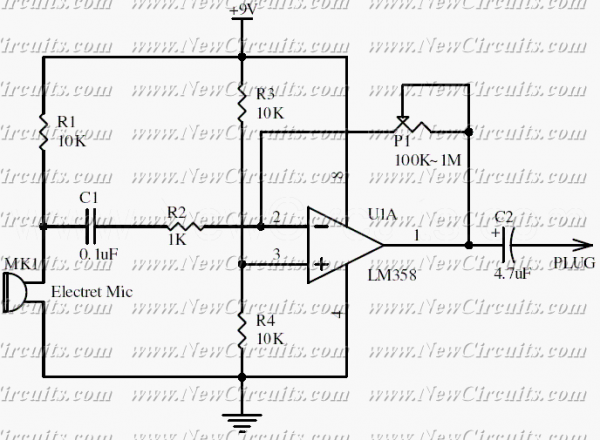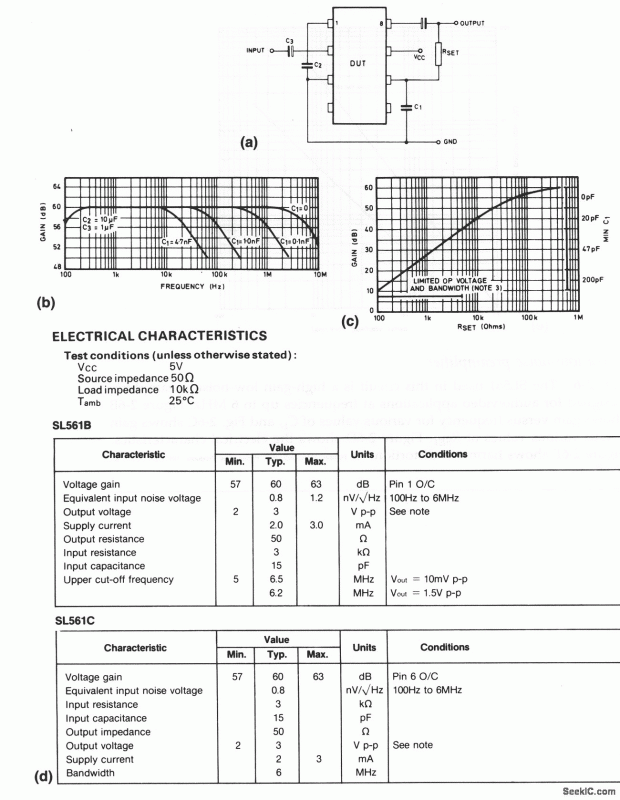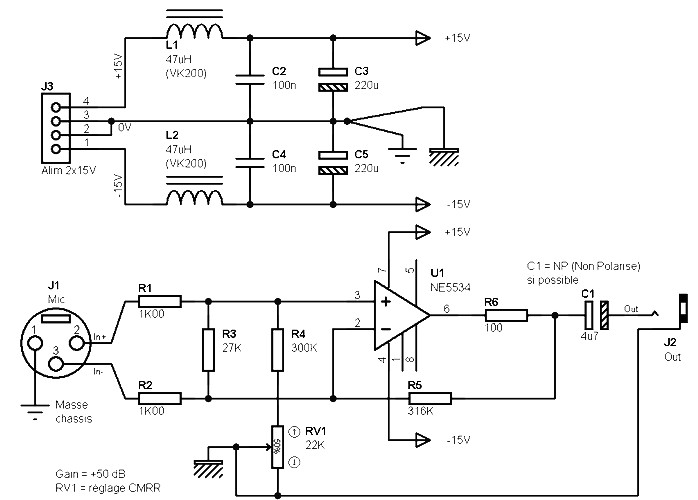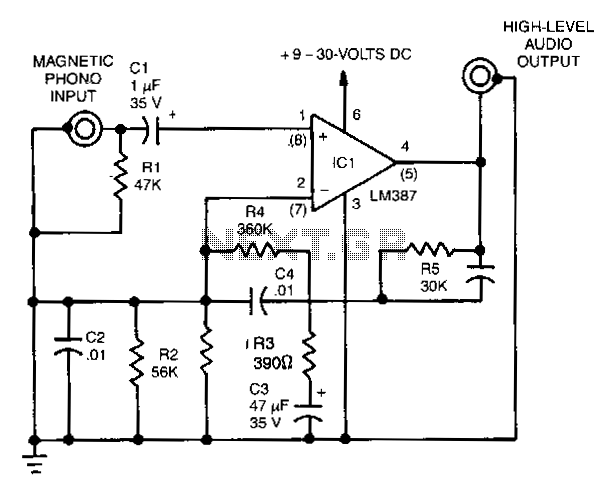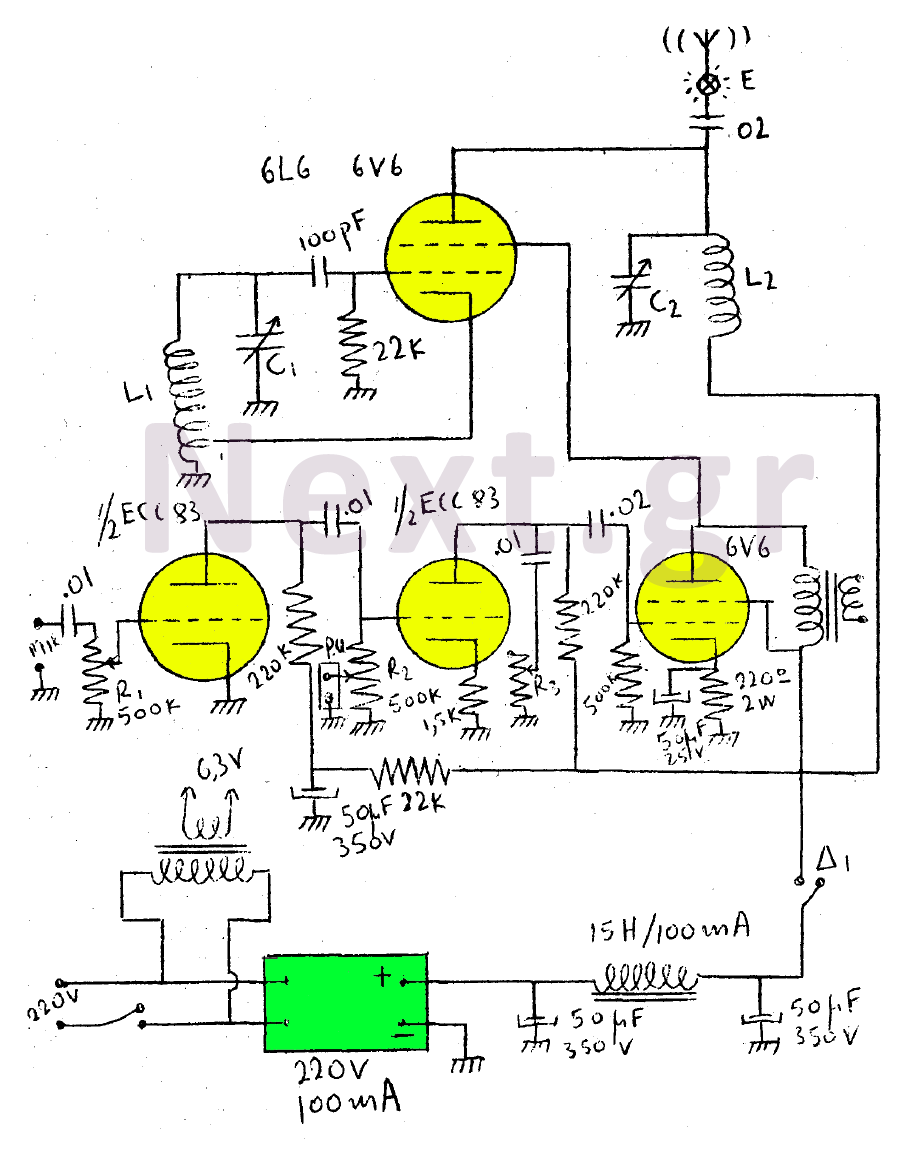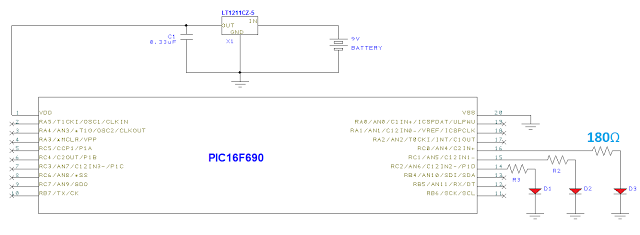
Valve phono preamp build
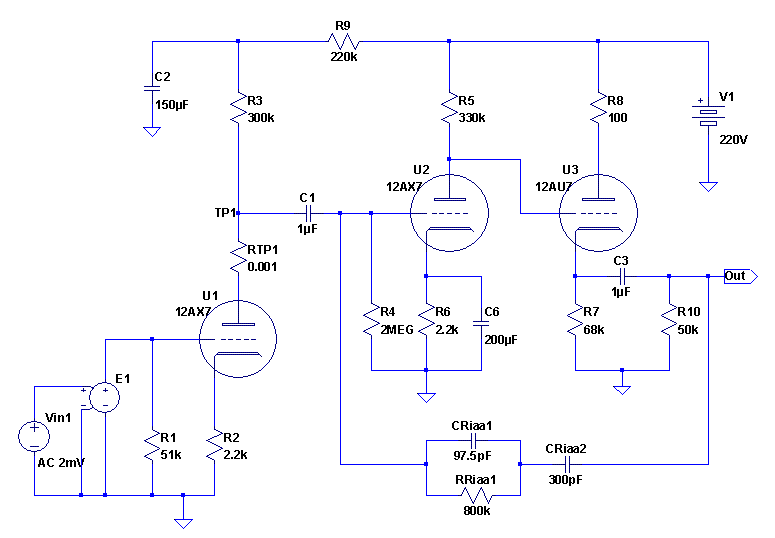
A stereo valve phono preamplifier has been constructed by a technician. The device requires a power transformer and various components, excluding the valves, which the technician recommends sourcing based on individual needs. Experienced DIY enthusiasts are invited to share their preferred configurations (push-pull or single-ended) and valve types (pentode or triode) for building a valve phono preamplifier. The user's knowledge of tubes is limited, and they seek simplified guidance. The user's current audio setup includes a Technics SADX 940 amplifier, a basic Technics SLBD20 turntable with an Audio Technica cartridge, and Usher S520 speakers. The user enjoys a wide range of music genres, particularly classic rock, and is uncertain if this influences tube selection. If the technician has a circuit diagram, it would aid in determining suitable valves, as most phono circuits are single-ended and utilize triodes. The user is advised to confirm whether the 12AX7 tubes are used in pairs or in sequence, as this affects the matching requirements. High-quality suppliers can provide matched tubes. Various 12AX7 options are available, including those from Psvane and Sophia, with the former being noted for its careful grading and pairing process. The user's vinyl setup includes an upgraded Once Analog Mk2 turntable with an AudioOrigami PU7 tonearm and Lyra Kleos cartridge, complemented by a JLTi-enhanced Eastern Electric MiniMax tube phono preamp utilizing NOS tubes. The amplification system includes a JLTi KT-88 Mk2 amplifier and a Cymer 5755-based preamp/headphone amp nearing completion. The user's AV setup features a Marantz SR5006 receiver and various speakers, with interconnects and power cables from Anticables and DH Labs.
A stereo valve phono preamplifier serves as a crucial component in enhancing the audio quality of vinyl playback. The design typically involves selecting the appropriate valve configuration, which can significantly affect the sound characteristics. Two common configurations are push-pull and single-ended. Push-pull configurations are known for their efficiency and lower distortion, while single-ended designs are favored for their simplicity and warmer sound, often preferred in high-fidelity applications.
The choice of valves is essential, particularly the 12AX7, a popular triode known for its high gain and low noise, making it suitable for phono preamplifiers. The 12AX7 can be used in various configurations, including as matched pairs for optimal performance. The user should consult the technician regarding the circuit design to ascertain whether the 12AX7s are implemented in a pair or in series, as this will influence the selection of matched tubes. If the tubes are to be used in sequence, matching halves are necessary to ensure balanced operation. Conversely, if they are utilized as parallel pairs, acquiring matched pairs for each channel is critical.
In terms of sourcing high-quality valves, options such as Psvane and Sophia are recommended due to their reputation for quality control and superior sound performance. These manufacturers provide tubes that are meticulously graded and paired, ensuring optimal performance in audio applications. The user may also consider the overall synergy of their audio system, including the amplifier and speakers, to determine if alternative tubes could enhance their listening experience.
The accompanying audio equipment, such as the Technics SADX 940 amplifier and the Technics SLBD20 turntable, plays a significant role in the overall sound quality. The integration of a well-designed phono preamplifier with quality components can elevate the listening experience, especially for a diverse music collection ranging from classic rock to jazz. Careful consideration of the entire audio chain, including interconnects and power cables, is also crucial in achieving the desired sound quality.
Ultimately, the successful implementation of a valve phono preamplifier hinges on understanding the circuit design, selecting the appropriate valves, and ensuring compatibility with the existing audio setup.A stereo valve phono pre built for me by a techie mate. He has the power transformer and all components needed besides the valves which he advised me to source myself based on what would be most suitable to my needs. So, all you experienced DIYers, if you were building a valve phono pre for yourself, what configuration (push pull, single ended) and valves
(pentode, triode ) would you use My knowledge of tubes is very limited so feel free to dumb it down! My hifi is not exactly what you`d call high end. Technics SADX 940 amp, a fairly basic Technics SLBD20 TT with Audio Technica cart and a pair of Usher S520s. I listen to a very eclectic mix of tunes from country, jazz to grindcore and drum`n`bass, but I suppose I mostly lean towards "classic rock".
Not sure if this would have any bearing on tube choice. Does your mate have a circuit drawn up for this yet If so then your answers we be there. If not then finding an appropriate circuit is a priority - you can`t choose valves without knowing the circuit. Most phono circuits are SE and use triodes, BTW. I can`t read circuit diagrams, but someone here may have the answer to this question. Ask your friend if the 12AX7s are being used as a pair or in sequence. If in sequence, then you need 12AX7s with "matched halves". If being used as a parallel pair for each channel, then you need to ensure that the pair that you buy is a "matched pair".
Good suppliers can do this matching for you. There are lots of cheap 12AX7s out there, Chinese and NOS (new old stock). But for a phono amp, I`d be tempted to go for a high-quality specialist hi-fi valve manufacturer. For example Psvane (which would have been Pavane but for a printer`s error in China) make a 12AX7_T hi-fi-quality unit. I bought mine from the US distributor, because they do a much more careful job of grading and pairing that the Chinese factory does, but that made them about $50 each.
Sophia also make them, in the same factory production line as the cheaper Full Music, but I have heard complaints about quality control for Full Music and none for the more expensive Sophia. I doubt there is much between them for sound quality, which is apparently very good (I have Sophia 6SN7s and they are exceptional, but that does not necessarily imply that their 12AX7s are of the same musical quality).
Vinyl:Once Analog Mk2 (upgraded) + AudioOrigami PU7 + Lyra Kleos+ TTMega ring weight+ JLTi-enhanced Eastern Electric MiniMax tube phono preamp (Raytheon NOS 12AT7WA + Mullard NOS ECC83 + Mullard NOS 6X4 tubes) Amplification:JLTi KT-88 Mk2 (Tung-Sol KT-120, Sylvania NOS 12AT7WA & Sophia 6SN7 tubes). Cymer 5755-based combination preamp / headphone amp (near completion) AV:Marantz SR5006 Receiver + Samsung UA55ES8000 Smart 3D TV + Wharfdale Diamond 9CM Centre + 8" Selby Ceiling Front Speakers + 6" Aaron Ceiling Sides/Rears + REL T2 Sub Interconnects: Anticables Level 3 Silver (phono to preamp).
Anticables Level 2 Copper (digital source to preamp. Anticables Level 3 Silver (preamp to power amp) Power Cables: Anticables Level 3 power cable (phono). Anticables Level 2 power cable (digital source). DH Labs Power Plus (amp, preamp), ESP MusicCord (sub) I imagine the diagram will indicate whether they`re a pair or sequenced, but like you I`ve no idea haha.
I wonder if it`s a necessity to use 12ax7`s or would something entirely different be advantageous in any way 12AX7s seem to be the triodes of choice for phono preamps due to high amplification capability and fairly low noise. A 12AT7 would not provide the necessary amplification. My MiniMax uses a single 12AX7 as two matching halves for the first amplification stage and two matching 12AX7s for 2nd-stage amplification.
Vinyl:Once Analog Mk2 (upgraded) + AudioOrigami PU7 + Lyra Kleos+ TTMega ring weight+ JLTi-enhanced Eastern Electric MiniMax tube phono preamp (Raytheon NOS 12AT7WA + Mullard NOS ECC83 + Mullard NOS 6X4 t 🔗 External reference
A stereo valve phono preamplifier serves as a crucial component in enhancing the audio quality of vinyl playback. The design typically involves selecting the appropriate valve configuration, which can significantly affect the sound characteristics. Two common configurations are push-pull and single-ended. Push-pull configurations are known for their efficiency and lower distortion, while single-ended designs are favored for their simplicity and warmer sound, often preferred in high-fidelity applications.
The choice of valves is essential, particularly the 12AX7, a popular triode known for its high gain and low noise, making it suitable for phono preamplifiers. The 12AX7 can be used in various configurations, including as matched pairs for optimal performance. The user should consult the technician regarding the circuit design to ascertain whether the 12AX7s are implemented in a pair or in series, as this will influence the selection of matched tubes. If the tubes are to be used in sequence, matching halves are necessary to ensure balanced operation. Conversely, if they are utilized as parallel pairs, acquiring matched pairs for each channel is critical.
In terms of sourcing high-quality valves, options such as Psvane and Sophia are recommended due to their reputation for quality control and superior sound performance. These manufacturers provide tubes that are meticulously graded and paired, ensuring optimal performance in audio applications. The user may also consider the overall synergy of their audio system, including the amplifier and speakers, to determine if alternative tubes could enhance their listening experience.
The accompanying audio equipment, such as the Technics SADX 940 amplifier and the Technics SLBD20 turntable, plays a significant role in the overall sound quality. The integration of a well-designed phono preamplifier with quality components can elevate the listening experience, especially for a diverse music collection ranging from classic rock to jazz. Careful consideration of the entire audio chain, including interconnects and power cables, is also crucial in achieving the desired sound quality.
Ultimately, the successful implementation of a valve phono preamplifier hinges on understanding the circuit design, selecting the appropriate valves, and ensuring compatibility with the existing audio setup.A stereo valve phono pre built for me by a techie mate. He has the power transformer and all components needed besides the valves which he advised me to source myself based on what would be most suitable to my needs. So, all you experienced DIYers, if you were building a valve phono pre for yourself, what configuration (push pull, single ended) and valves
(pentode, triode ) would you use My knowledge of tubes is very limited so feel free to dumb it down! My hifi is not exactly what you`d call high end. Technics SADX 940 amp, a fairly basic Technics SLBD20 TT with Audio Technica cart and a pair of Usher S520s. I listen to a very eclectic mix of tunes from country, jazz to grindcore and drum`n`bass, but I suppose I mostly lean towards "classic rock".
Not sure if this would have any bearing on tube choice. Does your mate have a circuit drawn up for this yet If so then your answers we be there. If not then finding an appropriate circuit is a priority - you can`t choose valves without knowing the circuit. Most phono circuits are SE and use triodes, BTW. I can`t read circuit diagrams, but someone here may have the answer to this question. Ask your friend if the 12AX7s are being used as a pair or in sequence. If in sequence, then you need 12AX7s with "matched halves". If being used as a parallel pair for each channel, then you need to ensure that the pair that you buy is a "matched pair".
Good suppliers can do this matching for you. There are lots of cheap 12AX7s out there, Chinese and NOS (new old stock). But for a phono amp, I`d be tempted to go for a high-quality specialist hi-fi valve manufacturer. For example Psvane (which would have been Pavane but for a printer`s error in China) make a 12AX7_T hi-fi-quality unit. I bought mine from the US distributor, because they do a much more careful job of grading and pairing that the Chinese factory does, but that made them about $50 each.
Sophia also make them, in the same factory production line as the cheaper Full Music, but I have heard complaints about quality control for Full Music and none for the more expensive Sophia. I doubt there is much between them for sound quality, which is apparently very good (I have Sophia 6SN7s and they are exceptional, but that does not necessarily imply that their 12AX7s are of the same musical quality).
Vinyl:Once Analog Mk2 (upgraded) + AudioOrigami PU7 + Lyra Kleos+ TTMega ring weight+ JLTi-enhanced Eastern Electric MiniMax tube phono preamp (Raytheon NOS 12AT7WA + Mullard NOS ECC83 + Mullard NOS 6X4 tubes) Amplification:JLTi KT-88 Mk2 (Tung-Sol KT-120, Sylvania NOS 12AT7WA & Sophia 6SN7 tubes). Cymer 5755-based combination preamp / headphone amp (near completion) AV:Marantz SR5006 Receiver + Samsung UA55ES8000 Smart 3D TV + Wharfdale Diamond 9CM Centre + 8" Selby Ceiling Front Speakers + 6" Aaron Ceiling Sides/Rears + REL T2 Sub Interconnects: Anticables Level 3 Silver (phono to preamp).
Anticables Level 2 Copper (digital source to preamp. Anticables Level 3 Silver (preamp to power amp) Power Cables: Anticables Level 3 power cable (phono). Anticables Level 2 power cable (digital source). DH Labs Power Plus (amp, preamp), ESP MusicCord (sub) I imagine the diagram will indicate whether they`re a pair or sequenced, but like you I`ve no idea haha.
I wonder if it`s a necessity to use 12ax7`s or would something entirely different be advantageous in any way 12AX7s seem to be the triodes of choice for phono preamps due to high amplification capability and fairly low noise. A 12AT7 would not provide the necessary amplification. My MiniMax uses a single 12AX7 as two matching halves for the first amplification stage and two matching 12AX7s for 2nd-stage amplification.
Vinyl:Once Analog Mk2 (upgraded) + AudioOrigami PU7 + Lyra Kleos+ TTMega ring weight+ JLTi-enhanced Eastern Electric MiniMax tube phono preamp (Raytheon NOS 12AT7WA + Mullard NOS ECC83 + Mullard NOS 6X4 t 🔗 External reference
